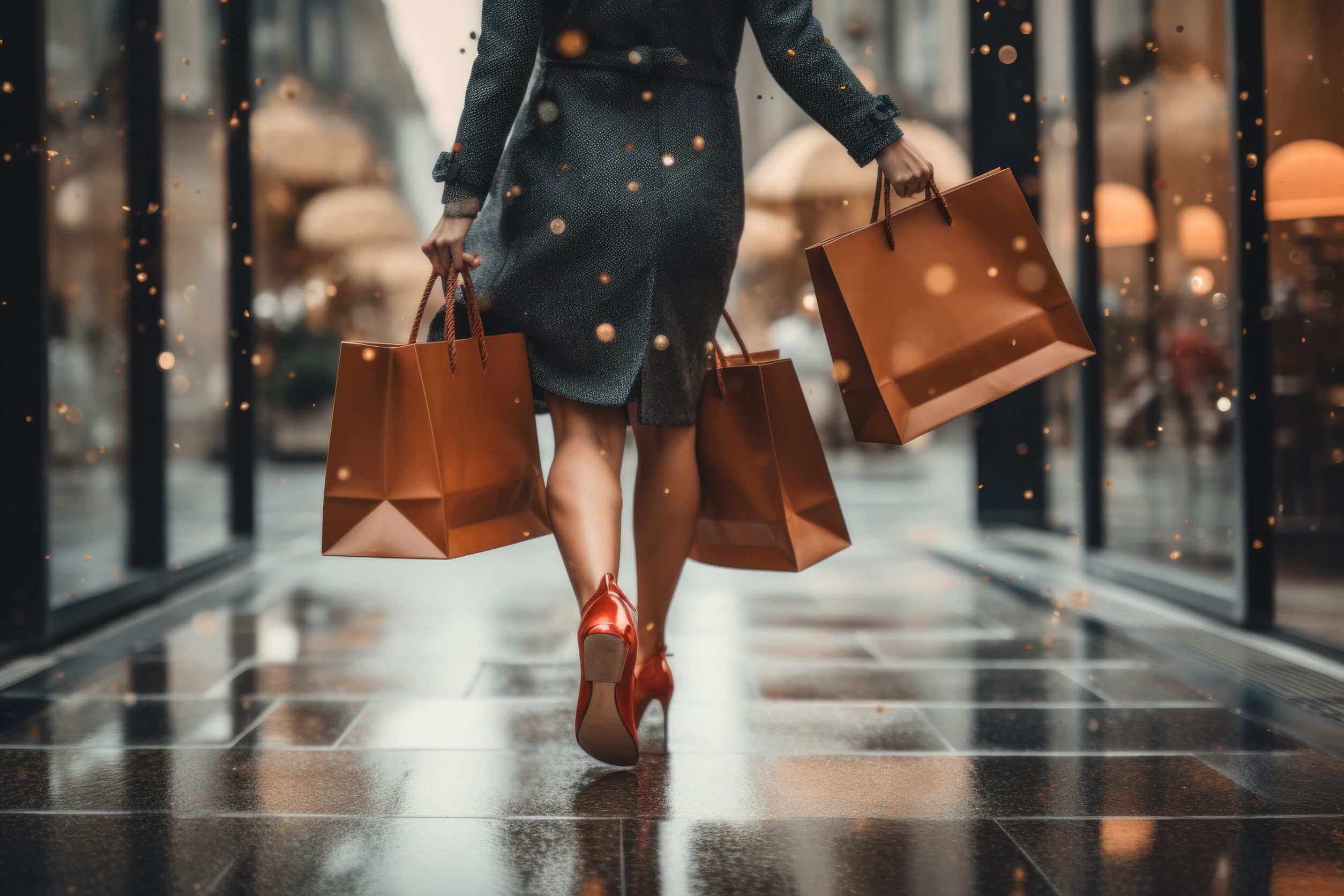Loneliness can sneak up like a shadow, and for some people, it shows up in their shopping carts. A new pair of sneakers, an overpriced candle, or that gadget no one really needs suddenly feels like a must-have. Spending when lonely isn’t random—it’s a coping mechanism that blends psychology, emotion, and culture. It’s retail therapy with a twist, a way to quiet the ache of isolation by buying something shiny, comforting, or distracting. The question is, why does loneliness often come with a receipt?
Shopping as a Substitute for Connection
Humans are wired for connection, and when it’s missing, the brain looks for substitutes. Buying something new creates a short-lived feeling of companionship or care. A purchase can mimic the dopamine rush people normally get from social interaction. That’s why a lonely evening might lead someone to splurge on a new outfit or snack binge. The item isn’t the solution, but it temporarily patches the emotional gap.
The Dopamine Rush of Spending
Every purchase sparks a chemical reaction in the brain. Dopamine, the “feel-good” neurotransmitter, lights up when people swipe a card or click “buy now.” For the lonely, that rush can feel like a burst of happiness in an otherwise quiet space. The cycle can be addictive because the brain starts associating spending with relief. Unfortunately, the high doesn’t last as long as the bill does.
Social Media and the Loneliness Loop
Scrolling through curated feeds can make loneliness sting even more. Images of friends at brunch or influencers showing off their latest haul fuel the urge to keep up. Online shopping becomes the quick fix, a way to join the digital conversation with tangible goods. Buying what others flaunt creates a sense of belonging, even if it’s through a screen. The catch is that it often leaves people feeling emptier than before.
Identity, Loneliness, and Spending
Loneliness can make people question their identity and worth. Buying new clothes, gadgets, or décor can feel like rebuilding or reinforcing who they are. A purchase can act like a symbolic declaration of control: “I matter, I exist, and I can choose.” This connection between spending and self-image is why lonely shopping often skews toward expressive items. The cart becomes more about identity than necessity.
Retail Therapy Isn’t Always Bad
Spending while lonely often gets a bad rap, but it isn’t always harmful. A small treat can lift spirits and offer a sense of comfort. The danger lies in the habit becoming the primary coping strategy. If every pang of loneliness leads to a purchase, it can spiral into debt and regret. Moderation can make the difference between a pick-me-up and a problem.
Loneliness Feeds Consumer Culture
Marketers know loneliness sells. Ads often emphasize belonging, community, or happiness tied to a product. When people feel isolated, those promises hit harder and become irresistible. Loneliness, in this way, fuels entire industries built on emotional vulnerability. The marketplace thrives on filling voids that human connection would normally satisfy.
The Pandemic Effect on Spending
During global lockdowns, loneliness skyrocketed, and so did online shopping. With fewer social outlets, people leaned into digital carts for comfort. Retailers reported spikes in everything from loungewear to home gadgets. For many, buying things was less about need and more about fighting cabin fever. The pandemic highlighted just how powerful the loneliness-spending connection can be.
Emotional Loneliness vs. Social Loneliness
Not all loneliness is the same, and spending reflects the difference. Emotional loneliness, missing a close connection, might lead to buying comfort items like cozy blankets. Social loneliness, feeling left out of a group, might spark spending on trendy or status items. Both forms of loneliness push people toward shopping, but for different reasons. Understanding which type drives the urge can help break the cycle.
The Role of Instant Gratification
Loneliness makes waiting harder because patience often requires support. Online shopping offers instant relief through the excitement of a purchase confirmation. That “your order is on the way” email can feel like a friend reaching out. The immediate gratification masks the deeper issue of isolation. It’s a quick reward system that tricks the brain into feeling less alone.
How Loneliness and Spending Impact Mental Health
The cycle of loneliness and spending can be a double-edged sword. Short-term joy fades quickly, leaving many people with both emotional emptiness and financial stress. Over time, guilt and regret can intensify feelings of isolation. Instead of solving loneliness, the behavior risks amplifying it. The mental health toll shows why awareness and balance are crucial.
Breaking the Cycle Without Breaking the Bank
Lonely spending doesn’t have to control the narrative. Building connections, whether through hobbies, community events, or volunteering, can fill the emotional gap. Small rituals like cooking or journaling can provide comfort without draining accounts. Recognizing triggers is the first step in shifting behavior. Spending can stay fun when it’s a choice, not a crutch.
Turning Loneliness Into Connection
Spending when lonely is more than a quirk—it’s a reflection of human need for connection, belonging, and validation. Shopping can soothe, but it rarely solves the root problem. Real relief comes from finding people, passions, and purpose that make the cart less tempting. Loneliness doesn’t need to cost a fortune to heal.
What are your thoughts—have you noticed how loneliness influences spending? Share your perspective in the comments below.
You May Also Like…
“Solo Travel Isn’t Lonely”: 12 Reasons to Book That Trip for One
5 Ways to Feel Less Lonely If You Live Alone
How Subscription Boxes Lock Shoppers Into Spending Hundreds a Year
7 Forms of Emotional Spending That Fuel Debt You Can’t See
7 Strange Things Wealthy People Never Spend Money On


